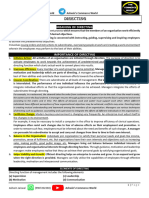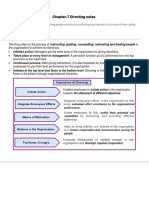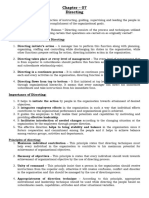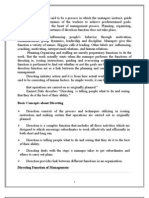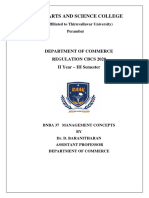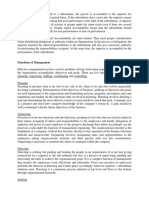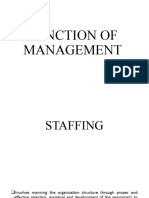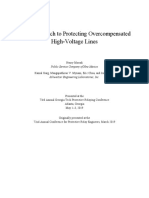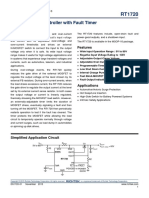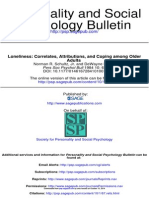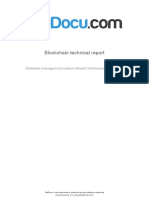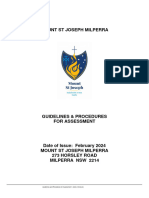0% found this document useful (0 votes)
40 views40 pagesDirecting
Directing is a managerial function that involves guiding, motivating, and leading staff to achieve organizational goals. It encompasses communication, supervision, motivation, and leadership, and is essential for integrating employee efforts and facilitating organizational changes. Effective direction is characterized by its continuous nature, hierarchical flow, and dual objectives of achieving tasks and allowing superiors to focus on more critical work.
Uploaded by
Juhi JaiswalCopyright
© © All Rights Reserved
We take content rights seriously. If you suspect this is your content, claim it here.
Available Formats
Download as PPTX, PDF, TXT or read online on Scribd
0% found this document useful (0 votes)
40 views40 pagesDirecting
Directing is a managerial function that involves guiding, motivating, and leading staff to achieve organizational goals. It encompasses communication, supervision, motivation, and leadership, and is essential for integrating employee efforts and facilitating organizational changes. Effective direction is characterized by its continuous nature, hierarchical flow, and dual objectives of achieving tasks and allowing superiors to focus on more critical work.
Uploaded by
Juhi JaiswalCopyright
© © All Rights Reserved
We take content rights seriously. If you suspect this is your content, claim it here.
Available Formats
Download as PPTX, PDF, TXT or read online on Scribd
/ 40



